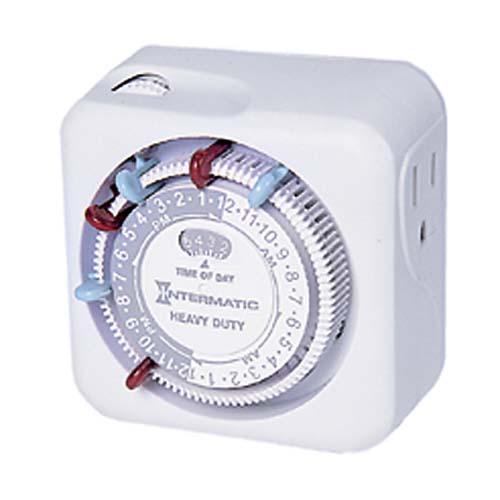- Joined
- Sep 25, 2018
- Messages
- 47
- Reaction score
- 11
hello, everyone
i am new to saltwater tank, and i am doing cycling for my First tank, it has been 17days, i have added ammonia and dr tim's one and only when i set up my tank at frist day. the ammonia has rised up to 5ppm and i did water change, it dropped off about 2ppm, then nitrite was raising up until to 5ppm. and i have Monitored ammonia and nitrite daily, both of them never dropp off. just stay 2ppm and 5ppm.and nitrate is 40ppm as well, so i think my tank has been stalled. so i did 70% water change today, and took test. the ammonia is 1 ppm, nitrite is still 5ppm. and nitrate is 20ppm. so what should i do now?just leave it own or add more bacteria?thanks

i am new to saltwater tank, and i am doing cycling for my First tank, it has been 17days, i have added ammonia and dr tim's one and only when i set up my tank at frist day. the ammonia has rised up to 5ppm and i did water change, it dropped off about 2ppm, then nitrite was raising up until to 5ppm. and i have Monitored ammonia and nitrite daily, both of them never dropp off. just stay 2ppm and 5ppm.and nitrate is 40ppm as well, so i think my tank has been stalled. so i did 70% water change today, and took test. the ammonia is 1 ppm, nitrite is still 5ppm. and nitrate is 20ppm. so what should i do now?just leave it own or add more bacteria?thanks



















